The Bishop Carr Bible, in Latin, decorated manuscript on parchment [most probably England, mid-thirteenth century] To view a video of this lot, click here. 471 leaves (including one medieval endleaf at front and two medieval endleaves at back; last leaf of final gathering once blank, but filled with medieval annotations; the whole volume foliated in modern pencil including all medieval endleaves and two modern parchment at front and three at back, but this foliation followed here), occasional contemporary quire signatures, collation now impractical (but collated by Oliver in 1985) but text collated and wanting a leaf from beginning with the opening prologues and a single leaf from Psalms, a leaf cancelled between fols. 138-139 but text continuous, else complete, double column of 47-50 lines of a series of accomplished university hands, capitals touched in yellow or red, rubrics in red, versal numbers and running titles in alternate red and blue, small initials in same with contrasting penwork (these mostly scrolling and filling borders, but later in volume some of these looping penstrokes with crosses and circles overlaid in cruder style), larger initials in colour with white penwork enclosing tightly wound sprays of acanthus leaves, the larger of these with foliage ending in animal masks or human faces and terminating in occasional drolleries (including one with a crowned animal mask on 353r, a human-headed dragon on fol. 80v, and a drollery musician playing a pipe and tabor on fol. 311v), one full-page initial 'I' (fol. 4r, "In prinicipio creatavit ...") containing nine roundels separated by acanthus leaf sprays and enclosing drolleries, four big-cat faces facing each other, another big-cat, birds (one wearing a pointed hat) and a basilisk, all on coloured grounds, some leaves faded with text hard to read and at one point overwritten for a few lines, leaves at each end with slight damage to upper margins and some signs of old water damage there, small burn hole in fol. 54 removing a few characters from 8 lines of text, many of larger initials slightly scuffed or washed out, trimmed at head (but outer vertical edge with some leaves with original prick marks surviving), overall in good and robust condition, 173 by 120mm.; modern brown leather tooled with simple fillet and crosses at corners over thin bevelled wooden boards (perhaps early), sewn on five large double thongs, marbled endleaves (a paper endleaf from an earlier binding now pasted to second paper endleaf at front), red edges, front board loosening and split at head of spine, else robust in binding, in fitted cloth-covered box (made for Society for Biblical Research) A charming bible, most probably of English origin, and with a long and noble history of ownership, unseen on the open market since the mid-nineteenth century Provenance: 1. A number of the hands here, the simple decoration (avoiding gold and with penwork in dull red and blue penwork) and the gaps left before the beginning of Mark's Gospel and the Interpretation of Hebrew Names all indicate that this volume was copied and decorated in a university setting in England, almost certainly Oxford, for use by a student or master there. It remained in use in England through to the close of the Middle Ages, and perhaps beyond, with hands of the thirteenth to the fifteenth century (some certainly English) adding notes for its liturgical use on endleaves and a list of Hebrew names with short descriptions added before the Interpretation of Hebrew names. 2. Anthony Tomyson: his late sixteenth-century inscription beginning "this is my hand" upside-down on fol. 472v. He may be identifiable as the namesake who is recorded at Pembroke College, Cambridge, in 1555, or less likely another who was as St John's, Cambridge c. 1596, and was a fellow there in 1603 (J. Venn, Alumni Cantabrigienses, 1927, I: 222). The short notes in English added by a sixteenth-century hand to a few margins are perhaps his (fol. 22v "her mother",
The Bishop Carr Bible, in Latin, decorated manuscript on parchment [most probably England, mid-thirteenth century] To view a video of this lot, click here. 471 leaves (including one medieval endleaf at front and two medieval endleaves at back; last leaf of final gathering once blank, but filled with medieval annotations; the whole volume foliated in modern pencil including all medieval endleaves and two modern parchment at front and three at back, but this foliation followed here), occasional contemporary quire signatures, collation now impractical (but collated by Oliver in 1985) but text collated and wanting a leaf from beginning with the opening prologues and a single leaf from Psalms, a leaf cancelled between fols. 138-139 but text continuous, else complete, double column of 47-50 lines of a series of accomplished university hands, capitals touched in yellow or red, rubrics in red, versal numbers and running titles in alternate red and blue, small initials in same with contrasting penwork (these mostly scrolling and filling borders, but later in volume some of these looping penstrokes with crosses and circles overlaid in cruder style), larger initials in colour with white penwork enclosing tightly wound sprays of acanthus leaves, the larger of these with foliage ending in animal masks or human faces and terminating in occasional drolleries (including one with a crowned animal mask on 353r, a human-headed dragon on fol. 80v, and a drollery musician playing a pipe and tabor on fol. 311v), one full-page initial 'I' (fol. 4r, "In prinicipio creatavit ...") containing nine roundels separated by acanthus leaf sprays and enclosing drolleries, four big-cat faces facing each other, another big-cat, birds (one wearing a pointed hat) and a basilisk, all on coloured grounds, some leaves faded with text hard to read and at one point overwritten for a few lines, leaves at each end with slight damage to upper margins and some signs of old water damage there, small burn hole in fol. 54 removing a few characters from 8 lines of text, many of larger initials slightly scuffed or washed out, trimmed at head (but outer vertical edge with some leaves with original prick marks surviving), overall in good and robust condition, 173 by 120mm.; modern brown leather tooled with simple fillet and crosses at corners over thin bevelled wooden boards (perhaps early), sewn on five large double thongs, marbled endleaves (a paper endleaf from an earlier binding now pasted to second paper endleaf at front), red edges, front board loosening and split at head of spine, else robust in binding, in fitted cloth-covered box (made for Society for Biblical Research) A charming bible, most probably of English origin, and with a long and noble history of ownership, unseen on the open market since the mid-nineteenth century Provenance: 1. A number of the hands here, the simple decoration (avoiding gold and with penwork in dull red and blue penwork) and the gaps left before the beginning of Mark's Gospel and the Interpretation of Hebrew Names all indicate that this volume was copied and decorated in a university setting in England, almost certainly Oxford, for use by a student or master there. It remained in use in England through to the close of the Middle Ages, and perhaps beyond, with hands of the thirteenth to the fifteenth century (some certainly English) adding notes for its liturgical use on endleaves and a list of Hebrew names with short descriptions added before the Interpretation of Hebrew names. 2. Anthony Tomyson: his late sixteenth-century inscription beginning "this is my hand" upside-down on fol. 472v. He may be identifiable as the namesake who is recorded at Pembroke College, Cambridge, in 1555, or less likely another who was as St John's, Cambridge c. 1596, and was a fellow there in 1603 (J. Venn, Alumni Cantabrigienses, 1927, I: 222). The short notes in English added by a sixteenth-century hand to a few margins are perhaps his (fol. 22v "her mother",




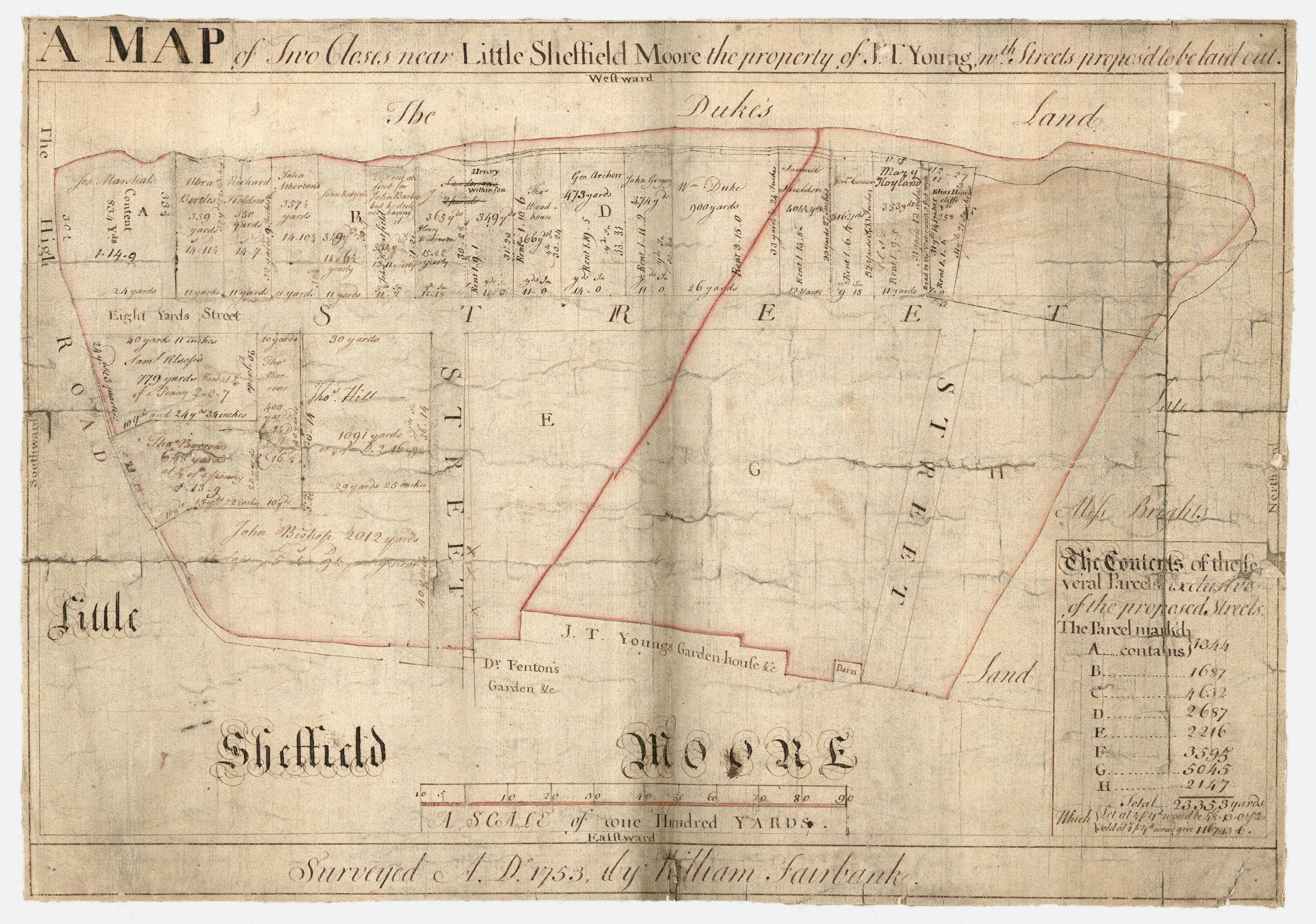
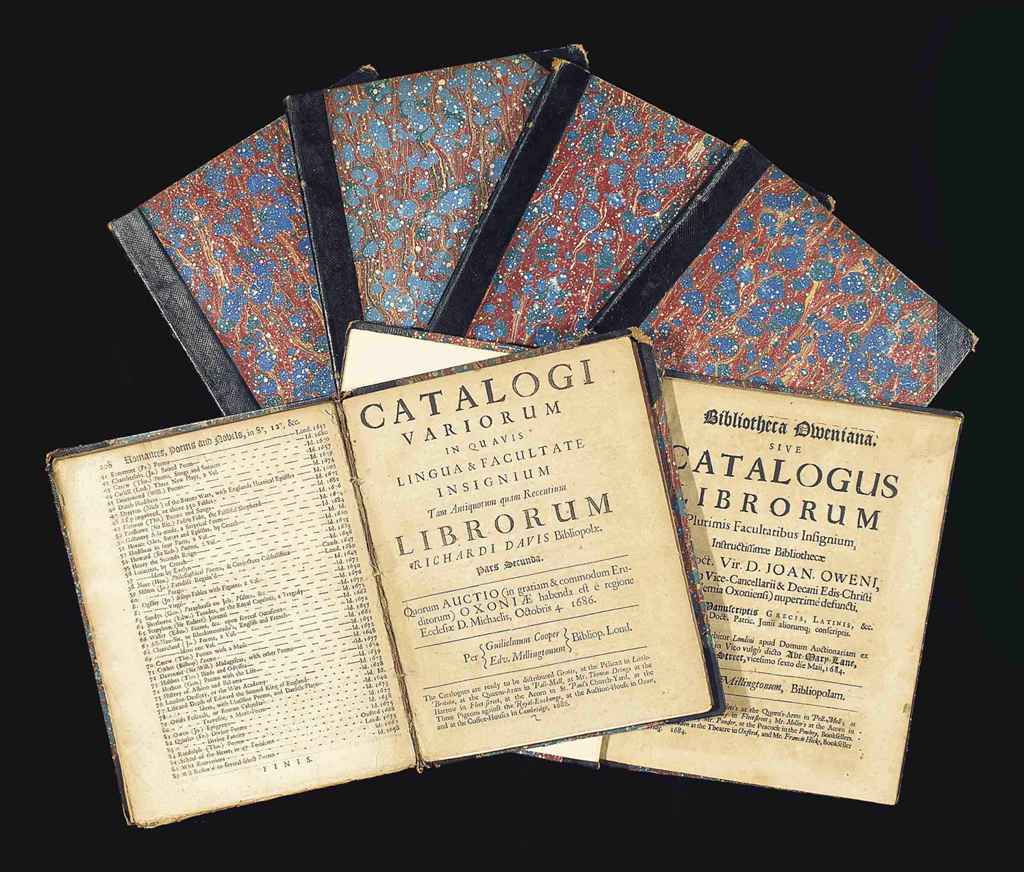
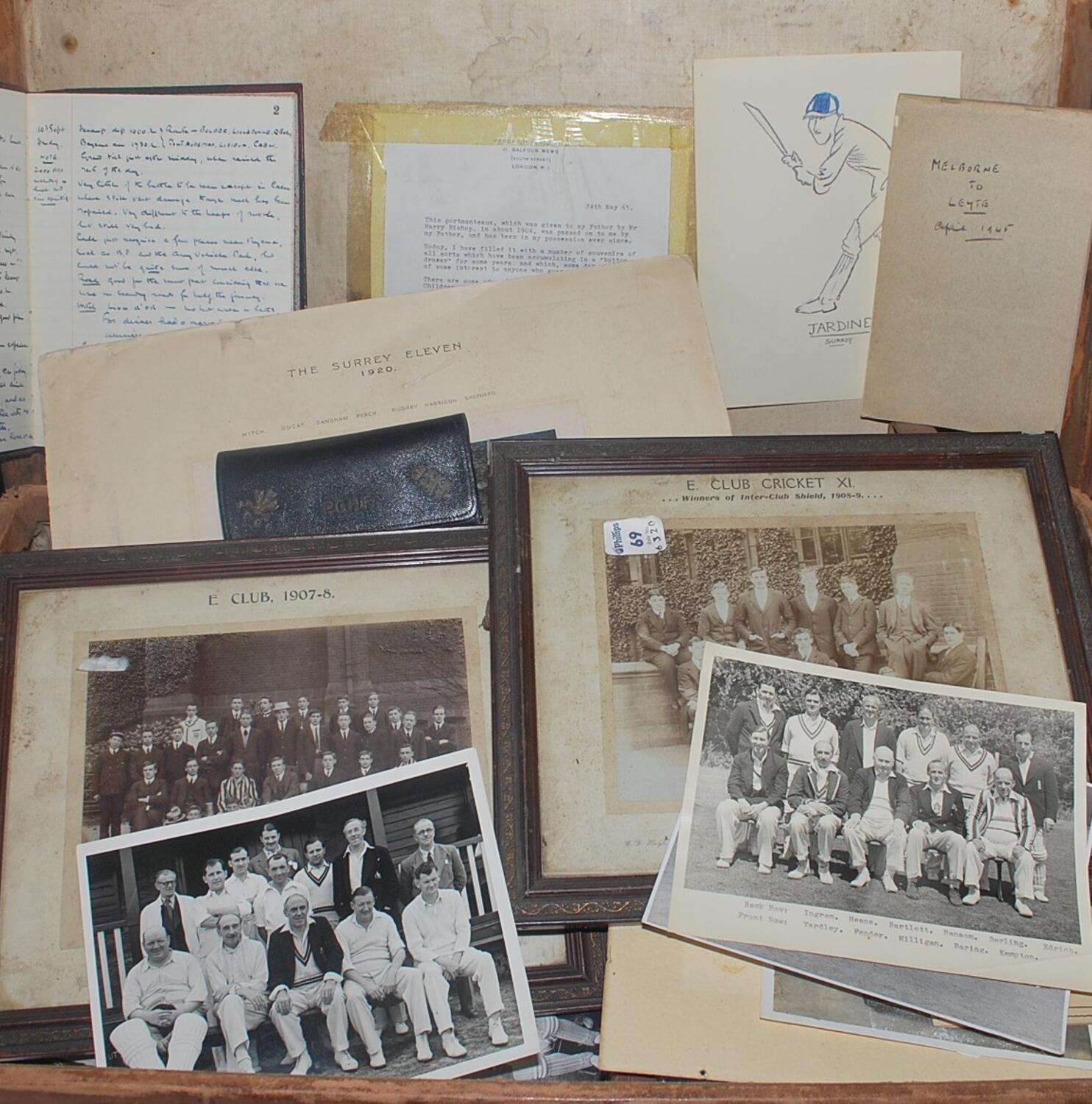

/64929/Internet%20Image%201.jpg)
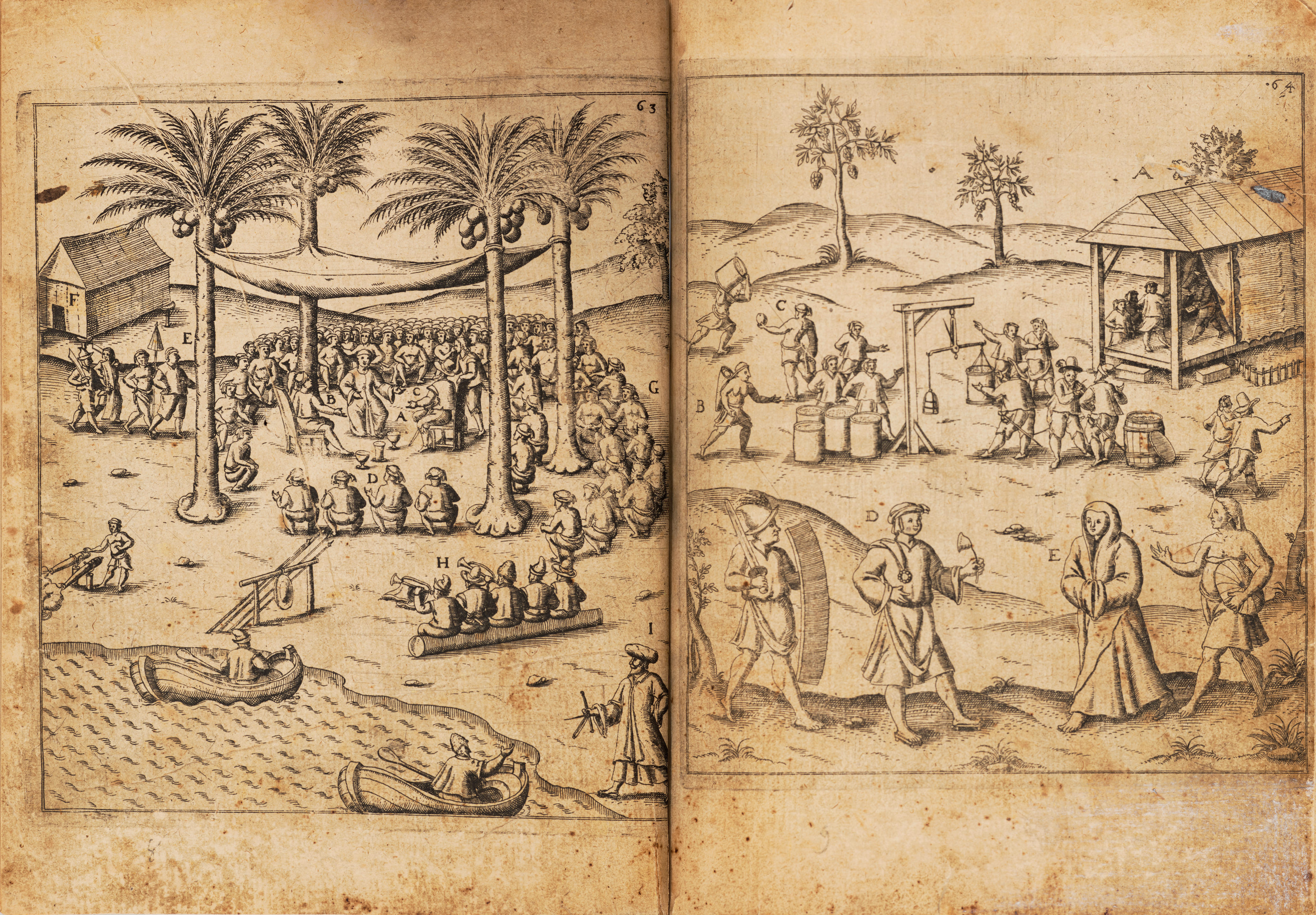
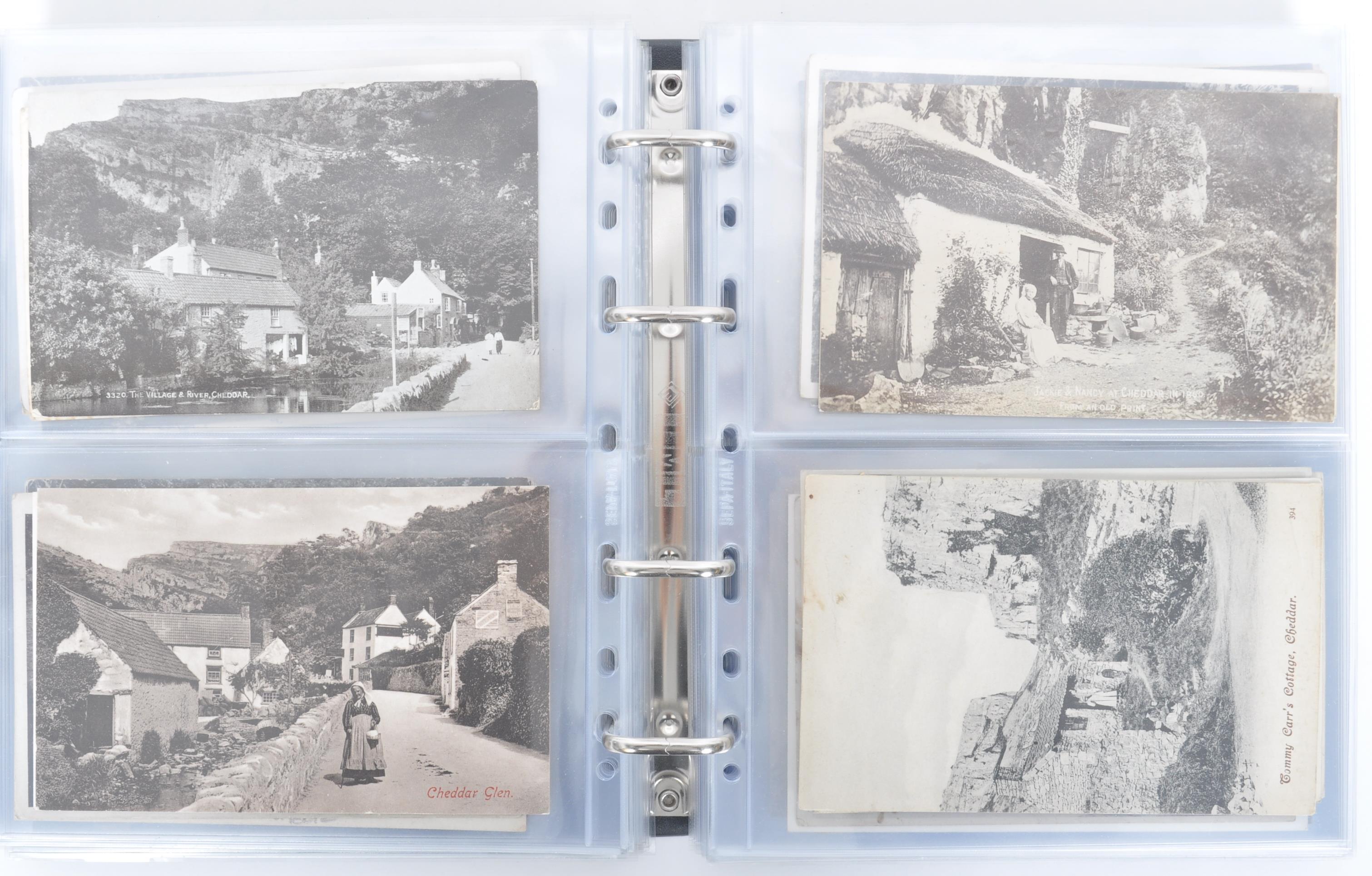
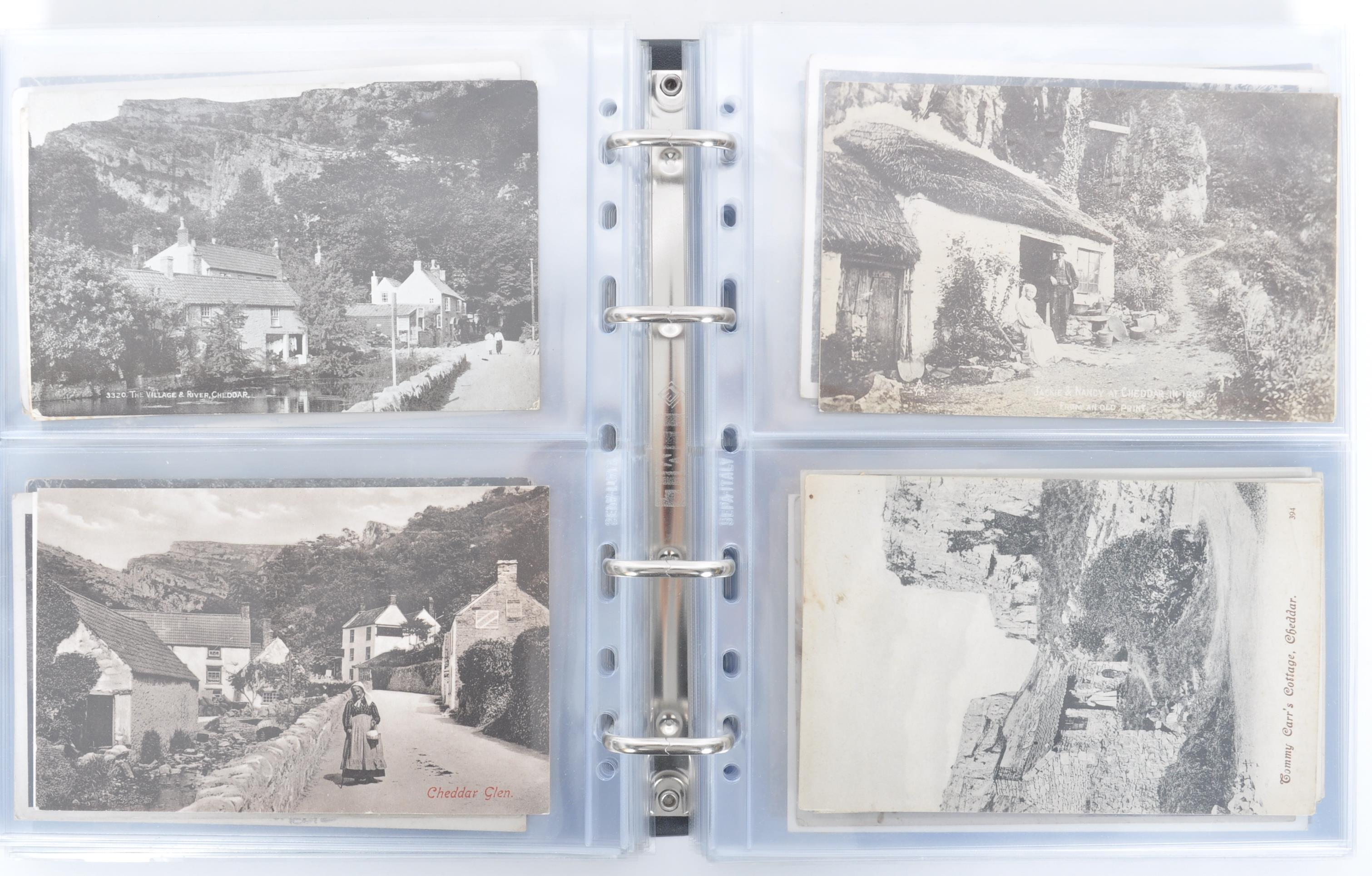


Testen Sie LotSearch und seine Premium-Features 7 Tage - ohne Kosten!
Lassen Sie sich automatisch über neue Objekte in kommenden Auktionen benachrichtigen.
Suchauftrag anlegen